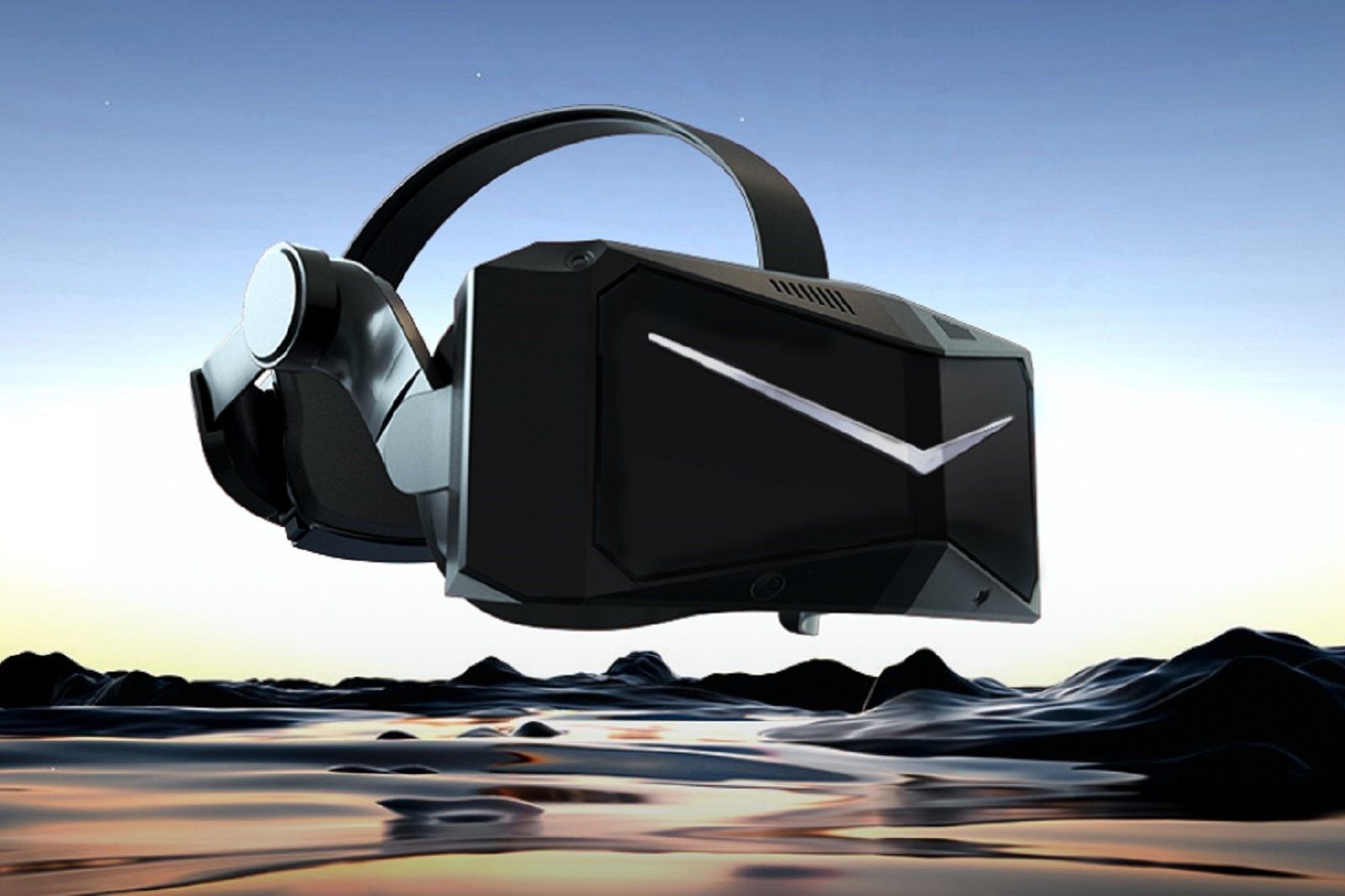Pimax is holding an event to show off its Pimax Crystal headset and make it available to a wider audience.
The Pimax Crystal was originally revealed back in June 2022 but is now being shown off in more depth and becoming more widely available. So if you're keen on seeing the future of VR from Pimax then you'll want to tune into the Pimax Crystal event.
When is the Pimax Crystal event?
The Pimax Crystal launch event is being held on 1 November 2022 starting at these times:
- California - 5 pm EST
- New York - 8 pm EDT
- London - Midnight GMT (2 November)
- Berlin - 1 am CET (2 November)
- Japan - 9 am (2 November)
If you want to be notified you can head over to the Pimax website and click to add it to your calendar.
The event will take place on the Pimax official YouTube channel.
Pimax says it's planning on providing watchers with a "myriad of additional info" on the Pimax Crystal as well as a "special announcement" about the headset during the event.
What we know about the Pimax Crystal VR headset
The Pimax Crystal is an enthusiast VR headset with serious specs to match. Those specs include both QLED and Mini-LED screen technology along with 2,880 × 2,880 pixels per eye resolution and 42PPD (Pixels Per Degree). It boasts a 160Hz refresh rate, along with a 120-degree diagonal field-of-view with 42PPD or 140-degree with 35PPD.
This headset has really ambitious features including built-in Qualcomm XR2 hardware, a dual-processor engine for improved performance, integrated Tobii eye-tracking, auto-IPD adjustment and a WiGig Wi-Fi 6E wireless module for lag-free wireless VR.
Pimax says the Pimax Crystal will offer a "level of sharpness previously unseen in existing VR devices". It's designed to compete with Varjo's Ultra-enthusiast Aero headset while being more affordable than the Pimax 12K QLED.
Pimax Crystal specs
The current specs of the Pimax Crystal include the following:
- Display 2,880 × 2,880 (8.3MP) per-eye, QLED + mini-LED (1x), HDR
- Refresh Rate 160Hz
- Lenses Aspheric (glass)
- Field-of-view (claimed) 120° or 140 diagonal (depending on lens configuration)
- Processor Snapdragon XR2
- Wireless Wi-Fi 6E, optional 60GHz add-on
- Battery Life Unknown (6,000mAh)
- Optical Adjustments IPD (automatic motor driven), eye-relief (12–20mm), diopter (0–7)
- IPD Adjustment Range 58–72mm
- Connectors DisplayPort
- Tracking Inside-out (no external beacons), optional SteamVR Tracking add-on
- On-board cameras 4x head/hand/controller-tracking, 2x eye-tracking
- Input Included headset-tracked controllers, optionally compatible with SteamVR Tracking controllers
- Audio In-headstrap speakers, optional off-ear speakers
What is VR 3.0?
Along with the Pimax Crystal headset, Pimax is also focussing on VR 3.0. The company says this is a set of "next-generation" technical standards which are designed to lead to an immersion that helps you forget you're in the virtual world.
These standards include three parts:
- Visual Immersion (Naturalness)
- Cognitive Immersion (Self-Awareness)
- Physical Immersion (Freedom)
Visual Immersion relies on visuals that are so good that you cannot distinguish between the real world and the virtual one.
Cognitive Immersion is where you become more immersed in VR thanks to things like eye-tracking and facial expression tracking that's then translated into VR along with optional lip and body tracking. This leads to a more "real-world" experience of natural interactions that complement the clear clarity of the game.
Physical Immersion comes with the freedom of not being tethered to a PC. Though you can use the Pimax Crystal connected to a PC for the best experience, it also allows you to use it in standalone VR mode. Then you can enjoy wireless freedom and the immersion that comes with it to enjoy VR games, movies and more, anywhere in your home.
Pimax will talk more about VR 3.0 during the Pimax Crystal launch event but also during the Pimax Frontier event happening on 9 November 2022.

